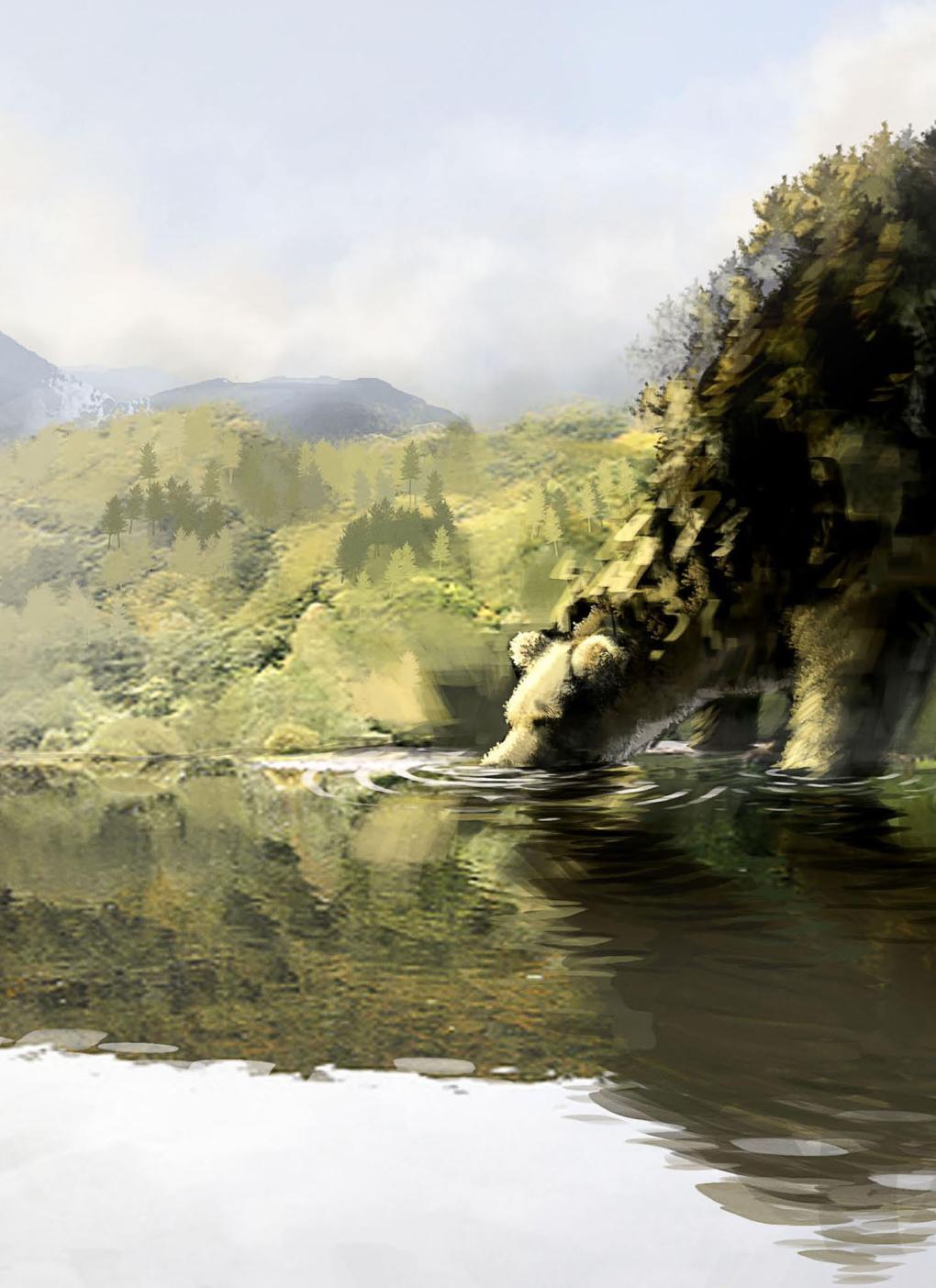Thomas Krag, DFI Feature Film Commissioner for children’s films, sees several factors driving Danish animation these years.
"I want to work with tactility as a central concept. 3D film can easily get a look that's too smooth. I want to work with the surfaces of the characters and backgrounds so they become interesting in their visual expression - so you have a feeling that the film has it's own world that the audience gets to be a part of." Director of "The Great Bear", Esben Toft Jacobsen
“There’s a big talent pool in Danish animation,” he says. “Skilled and creative directors and animators are coming out of the National Film School and the Animation Workshop in Viborg – two schools at opposite ends of the country with different education profiles supplementing each other really well. And of course, the tools of the trade have evolved. They are cheaper, faster, more powerful now, and more mobile – making it easy to collaborate on different production phases across national borders. So it’s possible to do animation on a relatively low budget. Consequently, we in Denmark – and in the other Nordic countries – don’t need to bring in the whole world as financiers in giant co-production setups. That makes it possible to maintain greater artistic integrity and freedom in the films.
“On the other hand, at the DFI, we are encouraging the animation projects suited for working on a larger scale to become European co-productions. Films like Niko and The Apple and the Worm succeeded in this and have received Eurimages support.”
BIG AMBITIONS - LOW BUDGETS
Esben Toft Jacobsen’s The Great Bear is an example of a 3D-animated feature that has maintained its originality and integrity, despite a low budget. Jacobsen is a young director. His graduation film, Having a Brother, attracted a lot of international attention, including a special mention at the 2007 Berlinale.
The Great Bear is a children’s film set in a Nordic landscape of epic proportions. Two kids, a brother and sister, abandon their sibling rivalry on a journey of self-discovery that unfolds when they meet the world’s biggest bear, a mythical creature and allegory of the magical power of nature. The film is produced by Petter Lindblad for Copenhagen Bombay.
Krag has supported The Great Bear at every development phase, from screenplay to pilot and production.
“This film really bears that out, if I may,” he says. “Over a long course of development, we turned over everything – from the story, the characters and their relationships, to the visual universe, the technique and practice. And the director’s vision remains intact. We had an intense, continuing dialogue on all aspects, while focusing on finding a model where the technique and finances would match the artistic ambitions. The film was successfully pitched in several forums, including to Annecy Creative Focus and Cartoon Movie in Lyon, and the general reaction was one of astonishment that we were trying to do a film with this much creative ambition at such a low budget, approx 1.5 million euros. But, it looks like we succeeded.
